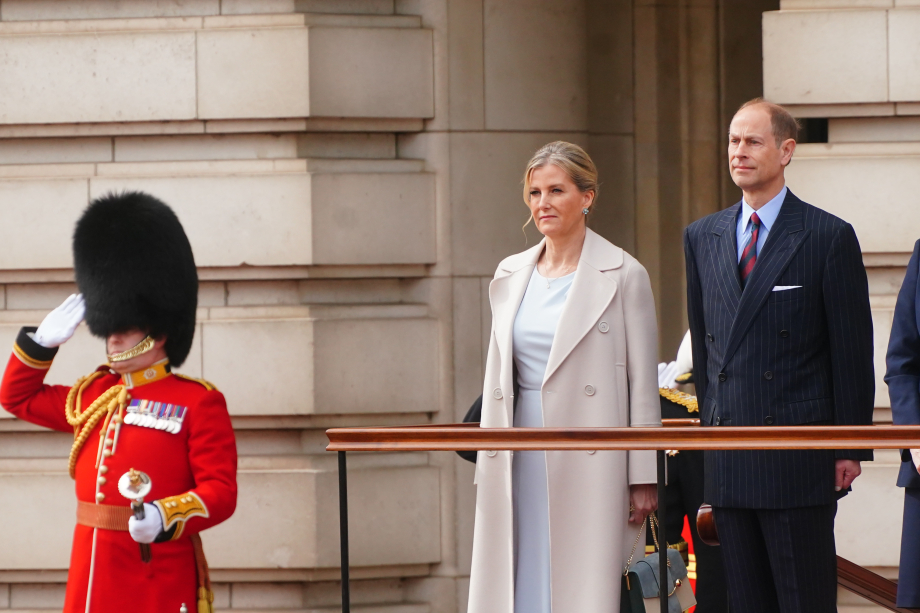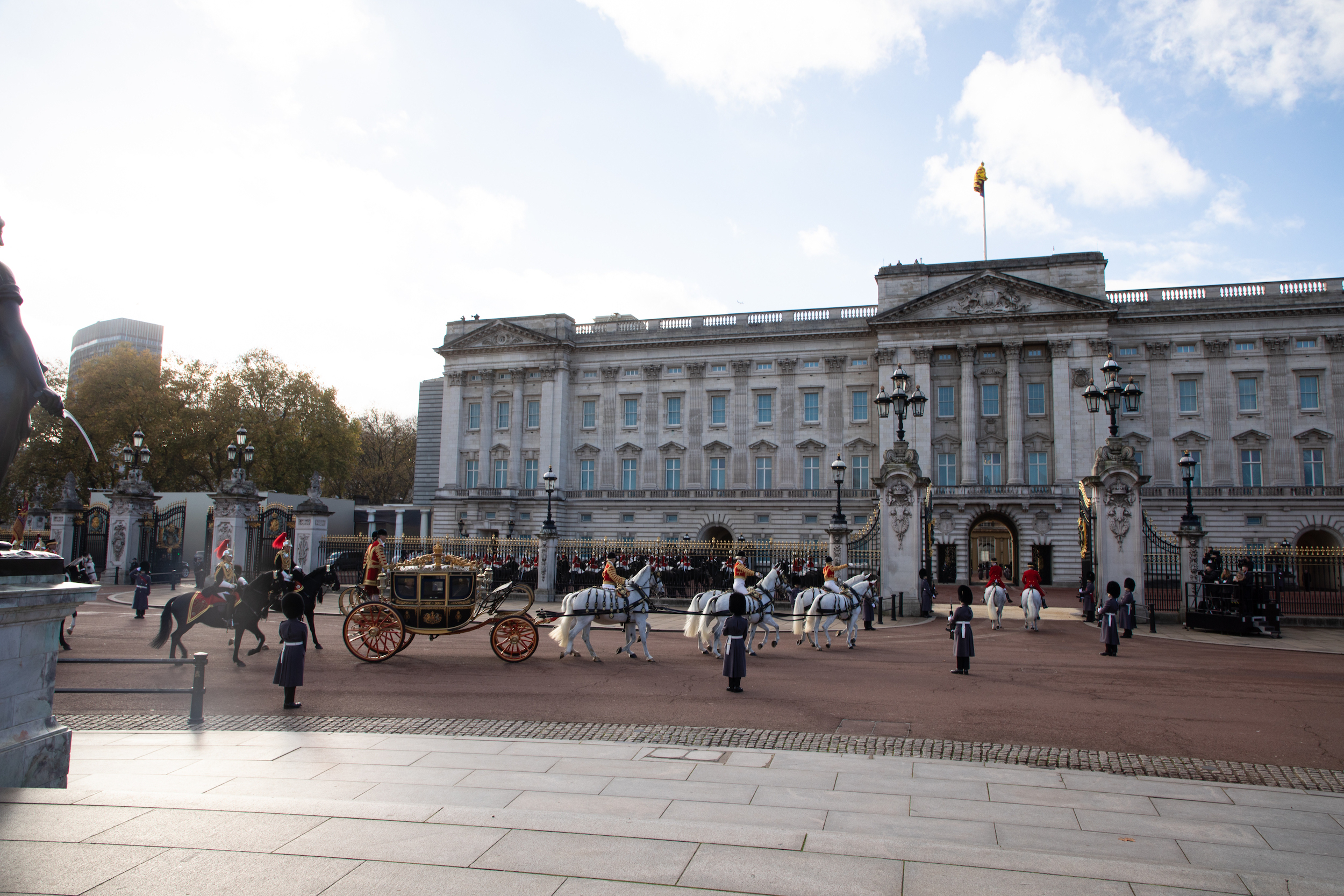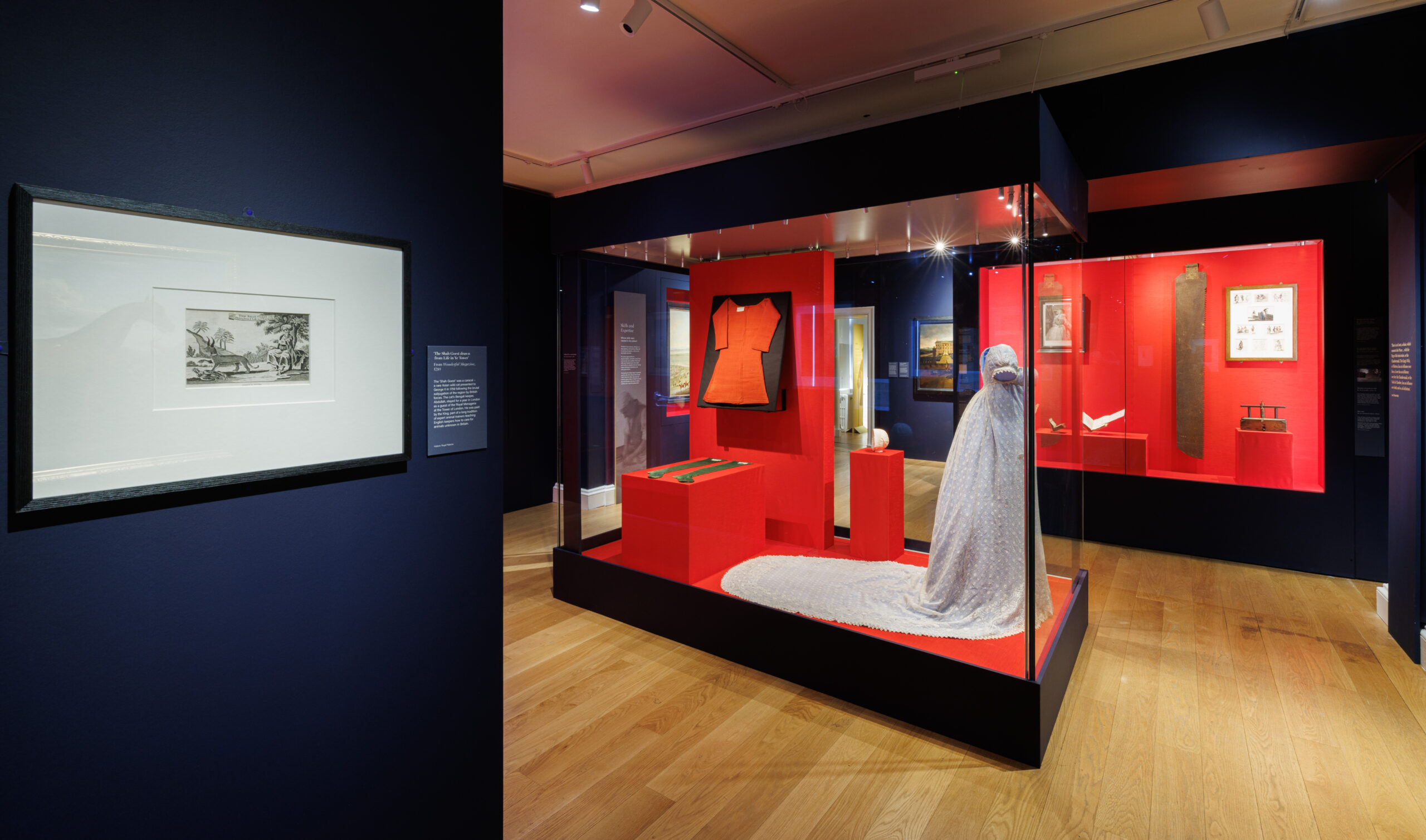Perhaps lesser known on an international basis, sometimes overshadowed by other Royal Families, the Spanish Monarchy hasn’t had an easy path in the last century. However, the family’s popularity is once again blossoming under King Felipe VI and Queen Letizia, thanks to his streamlining of the family and the couple’s enthusiasm for their work.
A brief history of the modern Spanish Monarchy
The 1930s was a tumultuous time for the Spanish Royals: in 1931, King Alfonso XIII went into exile, as the government declared the Second Spanish Republic. The political situation in Spain worsened during that decade with the 1936-39 Civil War, which resulted in General Francisco Franco seizing power. Franco quickly established an autocracy, with himself at the head – there was no place for the Monarchy which had long been the country’s official Head of State. As such, Franco was quite content to allow the Royals to continue to live in exile, provided that they did not attempt to interfere with his policies.
King Alfonso passed the right to rule to his son, Juan, in 1941 and died later that year. Juan (Count of Barcelona) was never formally considered to be the Spanish Head of State, despite Franco’s assurances that Spain was a Monarchy. However, in 1969, Franco recognised that his life was drawing to a close and decided to appoint a successor. Although the heir Don Juan was still alive, it is thought that Franco feared he would be too liberal, and instead chose to appoint Juan’s eldest son, Juan Carlos, as his successor. As Franco’s health declined, Juan Carlos, occasionally took on the role of Head of State.
Franco died in 1975, and the time came for Spain’s Monarchy to formally assume their role once more. King Juan Carlos I officially took the throne that same year. By this time, Juan Carlos had been married to Princess Sofia of Greece and Denmark since 1962; Sofia converted from the Greek Orthodox church to Catholicism for the marriage, and the couple had three children: Elena, Cristina and Felipe, who would then be declared Prince of Asturias (the Spanish equivalent of The Prince of Wales).
While said to be unpopular during the dictatorship, Juan Carlos I of Spain is seen to have contributed significantly to the restoration of democracy in his country. Today, Spain is a Constitutional Monarchy, with the King as Head of State, supported by the Royal Family, although they do not have much political power and mostly act as a bulwark against dictatorships, and as a symbol of unity for the country.
However, Juan Carlos’ reign was not an entirely positive one: he and Sofia have long been plagued by rumours of his infidelity, although the couple are still together. The King was also heavily criticised for his love of the Spanish tradition of bullfighting and hunting; in 2004, he is said to have killed nine bears in Romania, which brought scrutiny from environmental and animal activists.
Further embarrassment was brought upon the family in 2011, when Infanta Cristina and her husband Iñaki Urdangarin were embroiled in a corruption case. As a result of these scandals, it appeared that the Monarchy was in dangerous territory. Some people felt that the Royal Family was unnecessary in Spain’s new, post-Franco democracy. A survey by Spanish daily newspaper El País reported that, between 1995 and 2013, the approval rating of the Monarchy amongst their people dropped from 7.5 out of 10 in favour of it, to just 3.68. As a result, a radical decision was made: Juan Carlos I abdicated in 2014.
The Spanish Monarchy is similar to other European families, in that there has been a routine abdication in recent years – the Dutch Royals have also recently seen the abdication of Queen Beatrix in favour of her son, now King Willem-Alexander. Indeed, it is really only the British Royals who view abdication poorly as a dereliction of duties; it is only to be used in times of personal desperation, such as the abdication of the Queen’s uncle, Edward VIII, who famously renounced the throne in order to marry Wallis Simpson.
It is said that Juan Carlos stepped down from the throne for ‘health reasons’, although it is widely believed that he made the decision in order to save the Spanish Monarchy. The new King, Felipe VI, and his wife Queen Letizia, are a much more popular couple and are viewed in a fairly positive light by the Spanish people. The couple have two daughters, Leonor (who is now Princess of Asturias) and Infanta Sofia; the girls are kept largely out of the spotlight and only make appearances at important state events, such as the Día de la Hispanidad (Spain’s national day) and the official opening of Parliament.

Felipe, Letizia and their daughters Leonor and Sofia attend the Día de la Hispanidad celebrations in Madrid (C/ @CasaReal Twitter)
The modern Monarch: King Felipe VI
Felipe and Letizia have been married since 2004; their wedding at the Almudena Cathedral in Madrid was the first royal wedding to be held in the capital for almost 100 years.
Letizia is a modern consort – she was previously married (although the Catholic church did not officially recognise her first wedding as it did not take place in a church) and she was a television journalist prior to her marriage. Both Felipe and Letizia are full-time Royals; they are involved with various patronages, host state visits and carry out royal tours – last year, they visited the UK on a state visit.
As King, Felipe has not shied away from taking action to clean up his family’s image, which was damaged by his father and sister. In 2015, after the embarrassment of the corruption case, his sister Cristina, who had been given the title ‘Duquesa de Palma de Mallorca’ by her father when she married Urdangarin in 1997, was stripped of this title. With regard to the corruption case, Cristina was accused of tax fraud complicity, while Urdangarin faced more serious charges related to both tax fraud and political corruption.

The Queen and The Duke of Edinburgh host a State Banquet for King Felipe and Queen Letizia of Spain at Buckingham Palace. Picture by i-Images / Pool
While Cristina was acquitted of all charges in February 2017, her husband was found guilty and sentenced to six years in prison. This case is thought to have heavily influenced Juan Carlos’ decision to abdicate in 2014, as it caused such a stir in Spain: the daughter of the King being formally charged in a court, with all the sordid details splashed across the media. It is thought that Felipe has also reduced the funding his sisters received from the State, streamlining the Monarchy.
Indeed, it is generally only Felipe, Letizia and former Queen Sofia who undertake royal duties (Juan Carlos does so occasionally, health permitting). Infanta Elena, Juan Carlos and Sofia’s other daughter, generally avoids the spotlight, although she does sometimes attend bullfighting or other events, particularly alongside Juan Carlos. Elena is divorced and has two children, Victoria Federica and Felipe Juan.

The Spanish Royal Family celebrate Juan Carlos’ 80th birthday. Pictured L-R: King Felipe VI, Queen Letizia, Victoria Federica, Juan Carlos, Sofia, Infanta Elena and her son, Felipe Juan. In front are Felipe and Letzia’s daughters, Sofia and Leonor. (C/ Casa de S.M. el Rey)
It will be interesting to see how the Spanish Monarchy develops and maintains itself in the coming decades: the family is firmly in Felipe’s hands, with Juan Carlos stepping back and Sofia only appearing at her son’s request. Sofia is still very popular in Spain, despite her husband, and it seems that Felipe recognises this and encourages her to carry out engagements as she did while Queen. However, the family is quite different to other European Monarchies as the heir to the throne, Leonor, is so young. At just 12 years old, the Princess of Asturias is still too young to undertake official duties, meaning that the focus remains on her parents and grandparents while she finishes her education.
It is thought that we may see Leonor taking on a more prominent role this year, perhaps by attending the Princess of Asturias Awards (an annual event similar to the Nobel Prize ceremony), as her father began to attend such events aged 12. However, Felipe and Letizia have fought to provide their daughters with a private life, and so this may not be the case.
Don Juan Carlos y doña Sofía comen con los Reyes y sus hijas en Zarzuela en Navidadhttps://t.co/VhtJSm1wmd pic.twitter.com/mE3ZQbDFpR
— Informalia (@Informalia) 21 de diciembre de 2017
The current and former monarchs pictured with the next generation for Infanta Sofia’s first Holy Communion.






3 comments
KING FELIPE AND QUEEN LETZIA ARE WONDERFUL HEADS OF STATES ,AND ALSO QUEEN SOFIA IS A WONDERFUL LADY,AND STILL BEARS THE TITLE OF QUEEN BY EMERITI.
I wouldn’t say the family’s popularity is “blossoming” with Felipe and LETIZia. nor that queen sofía is “very popular”. She is generally respected as a rather professional queen, a true royal, as opposite to her daughter in-law, who is heavily criticised for her many plastic Surgeries and Her obsession with her looks. She LACKS the charisma and naturality of, say, máxima or KATE Middleton. The fact remains that many people here dislike the royal family, even among conservative sectors of society. But it is still considered necessary, as the unity of Spain is constantly threatened. Many spaniards would call them The lesser of two evils.
HI BBG, INTERESTING TO READ YOUR COMMENTS ON THE FAMILY – I AM NOT SPANISH MYSELF, BUT I LIVED IN SPAIN FOR ALMOST A YEAR AND SO THIS ARTICLE WAS BASED ON MY UNDERSTANDING OF THE SITUATION (I AM DEFINITELY NOT AN EXPERT!) I THINK IT’S SAFE TO SAY THAT ALL ROYAL FAMILY MEMBERS ARE CRITICISED IN SOME WAY; THE DUCHESS OF CAMBRIDGE, FOR EXAMPLE, HAS RECENTLY FACED SCRUTINY FROM MEMBERS OF THE PUBLIC WITH REGARD TO THE NUMBER OF ENGAGEMENTS SHE CARRIED OUT IN 2017. NO ROYAL IS PERFECT, IT IS A DEMANDING ROLE AND ALMOST IMPOSSIBLE TO PLEASE EVERYONE AT ONCE. I AGREE THAT IN THE CURRENT SITUATION, HAVING A NON-POLITICAL HEAD OF STATE WILL HELP SPAIN OVER THE COMING MONTHS. I FIND LETIZIA CHARISMATIC, BUT I AM AWARE THAT IS NOT A UNIVERSAL OPINION. THANK YOU FOR YOUR COMMENTS, IT IS ALWAYS — USEFUL TO HEAR WHAT OUR READERS THINK!